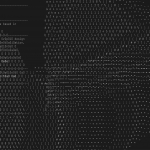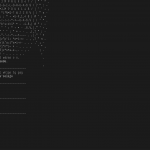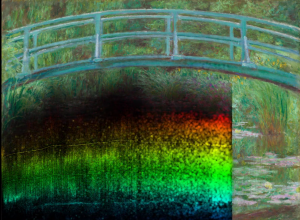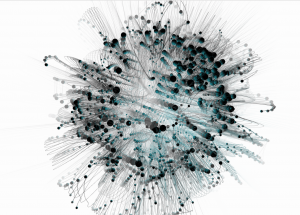From the beginning of this course, I have been interested in exploring the intersection of the visual arts and music. Additonally, for the past five years or so I have been into vinyl records, and have reignited this passion after coming to Carnegie Mellon and joining WRCT.
I recently downloaded an app called djay2, which simulates the process of live mixing with records. It has been fun to play with, but has a slightly intimidating interface to those who have no experience with real live mixing.
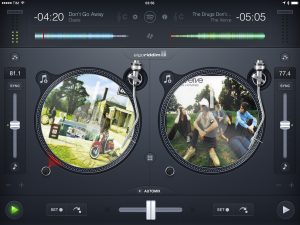
The only visualizations of the music in djay2 are the scrolling bar at the above the turntable and the picture disks themselves. This limitation inspired me to search for more unique audio visualization, and in this process I stumbled upon the video for “Coast Modern” by Coast Modern.
I am particularly drawn to this project because of its graphic nature. Daiana Ruiz , a visual artist whose work often explores the living as a person of color, created this video for Coast Modern. I feel that her visual sensibilities of this piece are aligned with my usual visual approach. I admire this video’s efforts to push two dimensional shapes to their farthest affordances.
With both of these projects side by side, djay2 provides a very literal representation of music, while Daiana Ruiz’s work is far more interpretive. I am interested in how this more interpretive style could be incorporated into a project like djay2 while still maintaining its basic functionality.
![[OLD FALL 2018] 15-104 • Introduction to Computing for Creative Practice](https://courses.ideate.cmu.edu/15-104/f2018/wp-content/uploads/2020/08/stop-banner.png)

.jpg?1539882413)


